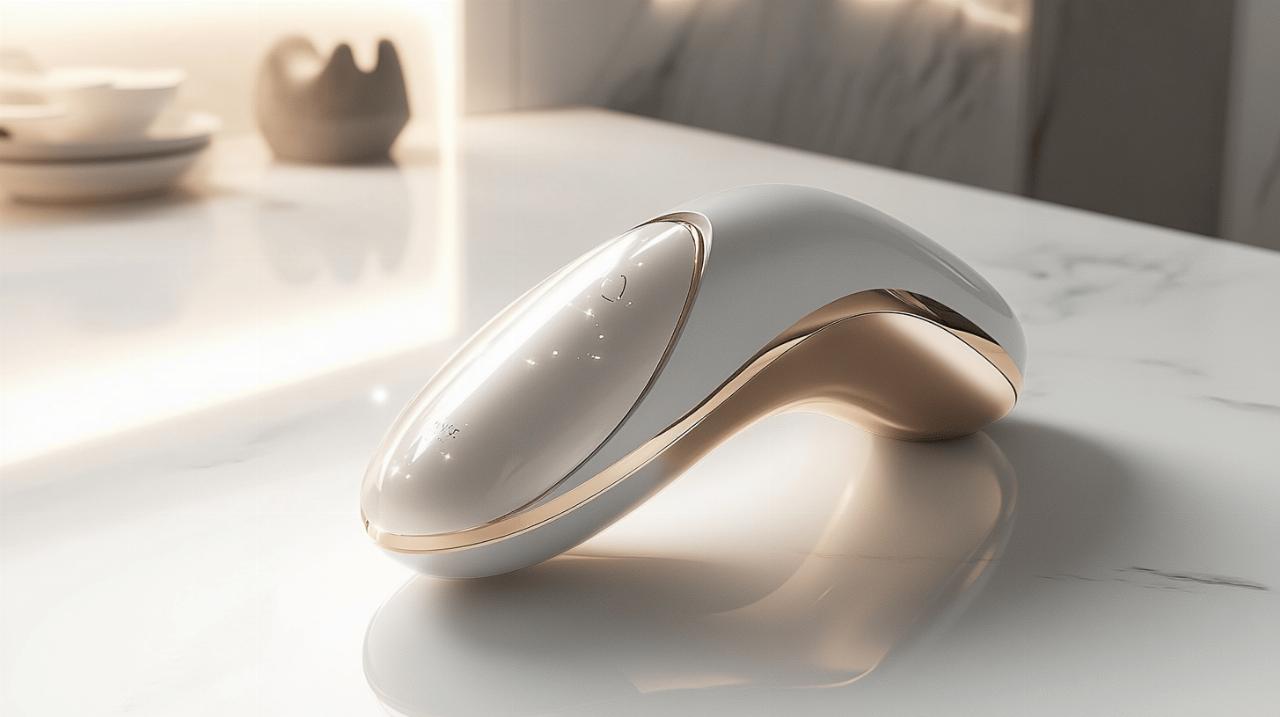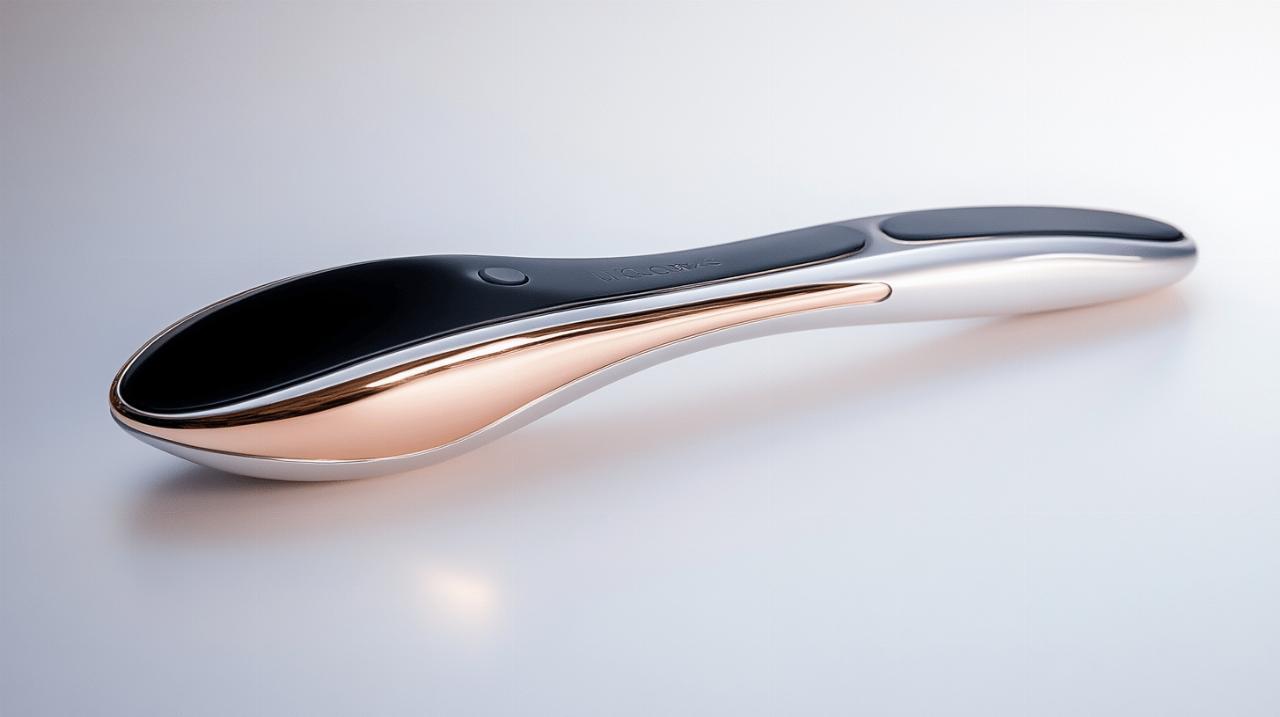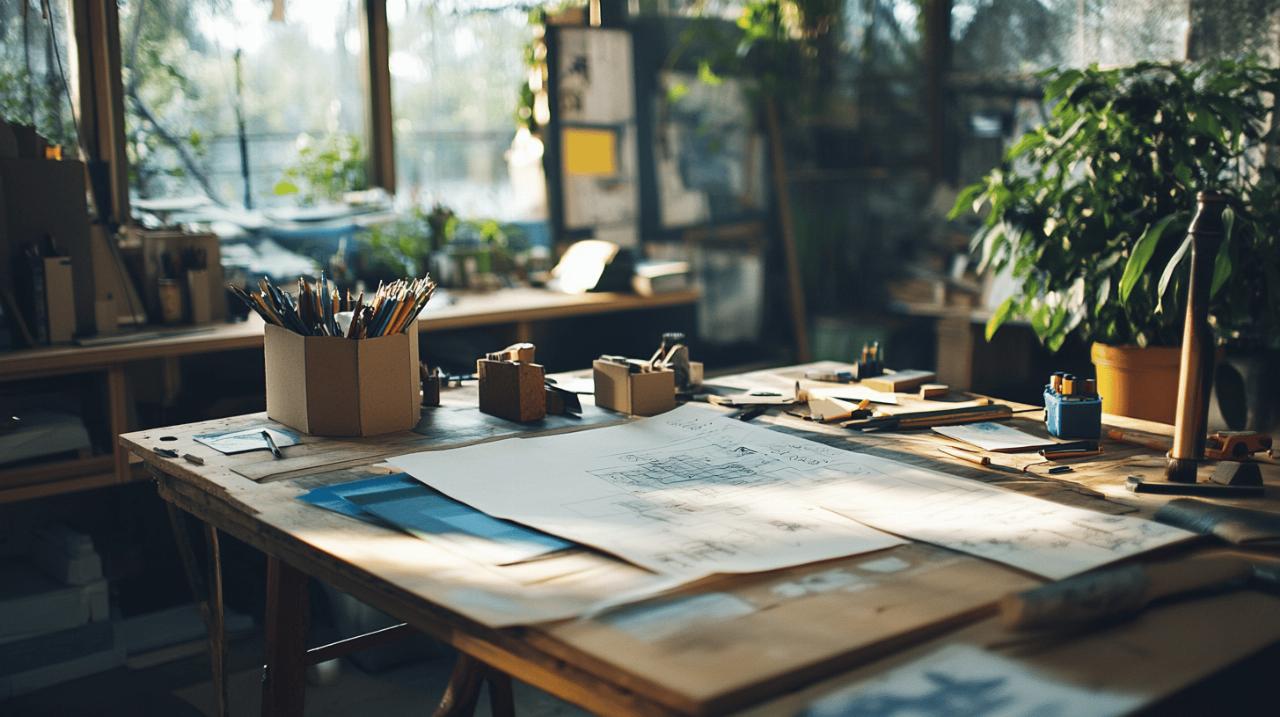London has long been a city where innovation meets tradition, and nowhere is this more evident than in the realm of beauty and aesthetics. From the days when ladies of the Victorian era dabbled in curious concoctions to the present, where technology has revolutionised how we care for our skin, the capital has always been at the forefront of change. Today, as we discuss radiofrequency devices like the Newa, it's worth reflecting on how far we've come and where these modern gadgets fit within our city's rich timeline of anti-ageing treatments.
The Evolution of Anti-Ageing in London: From Victorian Remedies to Modern Technology
London's early beauty practices: a historical perspective
Centuries ago, Londoners seeking youthful skin had to rely on remedies that, by today's standards, seem rather peculiar. Victorian ladies, for instance, applied everything from egg whites to crushed strawberries in hopes of maintaining a flawless complexion. The use of arsenic wafers and lead-based powders was not uncommon, despite the health risks involved. These practices were often shrouded in secrecy, passed down through generations or whispered between close friends over afternoon tea. The fascination with preserving beauty was as much about social standing as it was about personal vanity. As scientific understanding advanced, so too did the methods available to those who could afford them. By the early twentieth century, London had become a hub for experimental beauty treatments, ranging from radium facials to ultraviolet light therapy, each promising to turn back the clock.
The Rise of Non-Invasive Aesthetic Treatments in the Capital
As the decades rolled on, the appetite for non-invasive procedures grew considerably. Surgical options, whilst effective, carried risks and required significant downtime, something that modern Londoners increasingly found inconvenient. This shift in preference paved the way for a new generation of aesthetic treatments. Clinics across the city began offering laser therapies, chemical peels, and microdermabrasion, all designed to rejuvenate the skin without the need for anaesthesia or a surgeon's scalpel. The convenience and relative safety of these procedures made them accessible to a broader audience, not just the wealthy elite. This democratisation of beauty treatments marked a turning point, as more people could now afford to invest in their appearance. London's reputation as a centre for cutting-edge beauty technology was firmly established, with practitioners constantly seeking the latest innovations to offer their clientele.
Understanding radiofrequency technology: the science behind newa's approach
How radiofrequency stimulates collagen production
At the heart of devices like the Newa lies radiofrequency technology, a method that has garnered considerable attention in recent years. Radiofrequency works by delivering controlled heat deep into the layers of the skin, specifically targeting the dermis where collagen is produced. Collagen, a protein that provides structure and elasticity, is abundant in youth but diminishes as we age. This decline results in the appearance of wrinkles, sagging, and a loss of firmness. By applying gentle heat, radiofrequency encourages fibroblasts, the cells responsible for collagen synthesis, to ramp up production. The process is gradual, with the skin naturally remodelling itself over several weeks and months. What makes this approach particularly appealing is its non-invasive nature. Unlike surgical facelifts, there are no incisions, no needles, and no lengthy recovery periods. For busy Londoners juggling work, family, and social commitments, the convenience of a treatment that can be done in the comfort of one's own home is undeniably attractive.
The Benefits of At-Home Radiofrequency Devices Compared to Clinical Procedures
The advent of at-home radiofrequency devices has shifted the landscape of anti-ageing treatments considerably. Previously, anyone wanting to benefit from radiofrequency technology had to book appointments at specialised clinics, often at significant expense. Now, devices such as the Newa offer a practical alternative. These gadgets are designed to be user-friendly, allowing individuals to administer treatments themselves without professional supervision. The cost savings are substantial, as purchasing a device outright is typically far cheaper than multiple clinic visits. Moreover, the flexibility of treating oneself at home means that sessions can be scheduled around personal routines, rather than having to coordinate with clinic opening hours. That said, clinical treatments remain more powerful, with professional-grade equipment delivering higher energy levels for potentially more dramatic results. However, for those seeking a gentler, more gradual improvement, at-home devices present an excellent option. They are particularly suited to individuals who prefer a steady approach to skincare, integrating treatments into their daily regimen much like brushing one's teeth or applying moisturiser.
Using the Newa Device: A Practical Guide for London Residents
Proper application technique and recommended treatment routine
 Getting the most out of a Newa device requires a bit of know-how and consistency. The process begins with thoroughly cleansing the face to remove any makeup, oils, or impurities. Once the skin is clean and dry, a specialised gel is applied generously to the treatment area. This gel is essential, as it acts as a conductor for the radiofrequency energy, ensuring even distribution and optimal results. The device is then glided over the skin in slow, deliberate motions, following the contours of the face. Most users are advised to treat each area for a specific duration, typically a few minutes per section, to ensure adequate heat penetration without overexposure. The sensation is often described as warm and soothing, though some may find it slightly intense initially. Consistency is key, with many users treating their skin five times per week for the first couple of months, then tapering to maintenance sessions a few times per week thereafter. Patience is also crucial, as visible results typically emerge after several weeks of regular use. It's a commitment, no doubt, but one that many find worthwhile given the gradual yet noticeable improvements.
Getting the most out of a Newa device requires a bit of know-how and consistency. The process begins with thoroughly cleansing the face to remove any makeup, oils, or impurities. Once the skin is clean and dry, a specialised gel is applied generously to the treatment area. This gel is essential, as it acts as a conductor for the radiofrequency energy, ensuring even distribution and optimal results. The device is then glided over the skin in slow, deliberate motions, following the contours of the face. Most users are advised to treat each area for a specific duration, typically a few minutes per section, to ensure adequate heat penetration without overexposure. The sensation is often described as warm and soothing, though some may find it slightly intense initially. Consistency is key, with many users treating their skin five times per week for the first couple of months, then tapering to maintenance sessions a few times per week thereafter. Patience is also crucial, as visible results typically emerge after several weeks of regular use. It's a commitment, no doubt, but one that many find worthwhile given the gradual yet noticeable improvements.
Considerations for Different Skin Types and Sensitivities
Not all skin is created equal, and understanding one's own complexion is vital before embarking on any new skincare routine. Those with delicate or sensitive skin may need to exercise additional caution when using a radiofrequency device. Starting with shorter treatment times and lower intensity settings can help the skin acclimate without causing irritation. Individuals prone to redness or rosacea should consult with a dermatologist before beginning, as the heat generated by the device could exacerbate these conditions. Similarly, anyone with active skin infections, open wounds, or certain medical conditions should avoid using radiofrequency devices until cleared by a healthcare professional. For most skin types, however, the Newa is well-tolerated and safe. It's also worth noting that results can vary depending on factors such as age, skin condition, and lifestyle. A healthy diet, adequate hydration, and sun protection all play significant roles in maintaining skin health and can enhance the effectiveness of any anti-ageing treatment. London's unpredictable weather, with its frequent drizzle and occasional bursts of sunshine, makes sun protection particularly important year-round.
Real Results and Expectations: What Londoners Can Anticipate from Newa Treatment
Documented Improvements in Skin Texture and Firmness
Many users of the Newa device have reported visible improvements in their skin's appearance, and these anecdotal accounts are supported by broader observations within the beauty community. Common benefits include a smoother texture, reduced appearance of fine lines, and a firmer, more lifted look overall. The skin may also appear more radiant, with a healthy glow that comes from improved circulation and cellular renewal. These changes are gradual, reflecting the body's natural process of collagen remodelling. Unlike more aggressive treatments that produce immediate but temporary results, radiofrequency works with the skin's biology, encouraging lasting improvements. Photographs taken before and after several months of consistent use often reveal a noticeable difference, though subtle enough that the transformation appears natural rather than drastic. This subtlety is part of the appeal for many, as the goal is to look refreshed and rejuvenated, not artificially altered. For Londoners accustomed to a certain level of sophistication and understatement, this aligns perfectly with prevailing aesthetic preferences.
Setting realistic goals and maintaining long-term skin health
Whilst the Newa device offers promising benefits, it's essential to approach it with realistic expectations. This is not a miracle cure that will erase decades of ageing overnight. Rather, it's a tool to support and enhance one's natural beauty over time. Understanding this distinction is crucial to avoiding disappointment. Those who expect dramatic transformations akin to surgical procedures may find the results underwhelming. However, individuals seeking a gentle, sustainable approach to anti-ageing are likely to be pleased with what radiofrequency technology can offer. Maintaining long-term skin health involves more than just using a device. A holistic approach that includes a balanced diet, regular exercise, adequate sleep, and stress management is equally important. London's vibrant cultural scene, with its theatres, galleries, and green spaces, provides ample opportunities for a well-rounded lifestyle that supports overall wellbeing. Additionally, regular visits to a trusted dermatologist or aesthetician can help monitor skin health and adjust skincare routines as needed. By combining modern technology with time-honoured principles of self-care, Londoners can continue to enjoy healthy, youthful skin well into their later years, honouring the city's legacy of beauty innovation whilst embracing the future.




